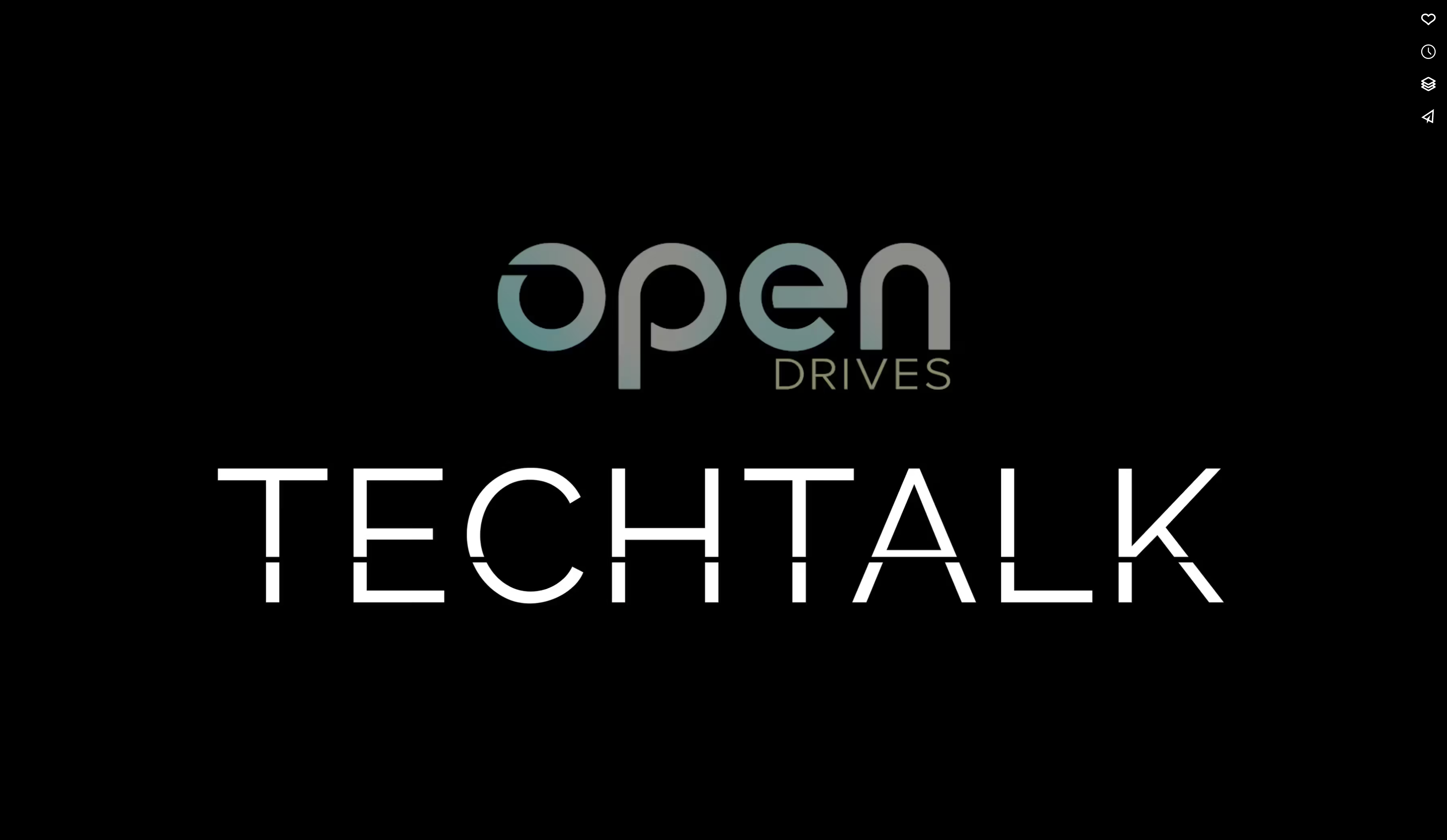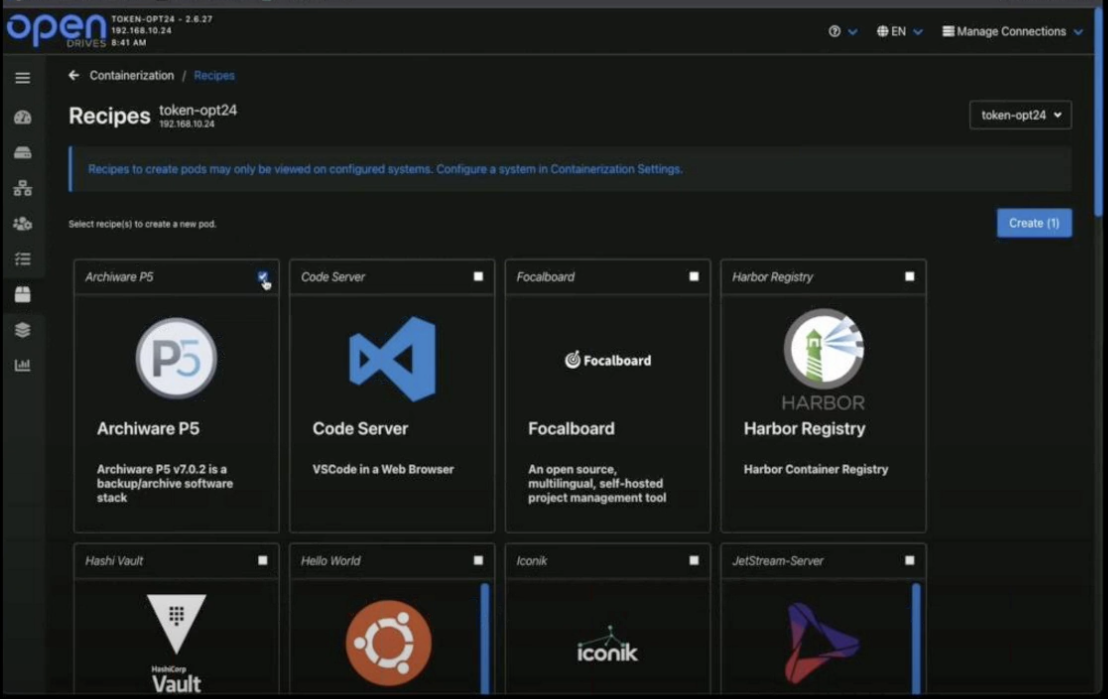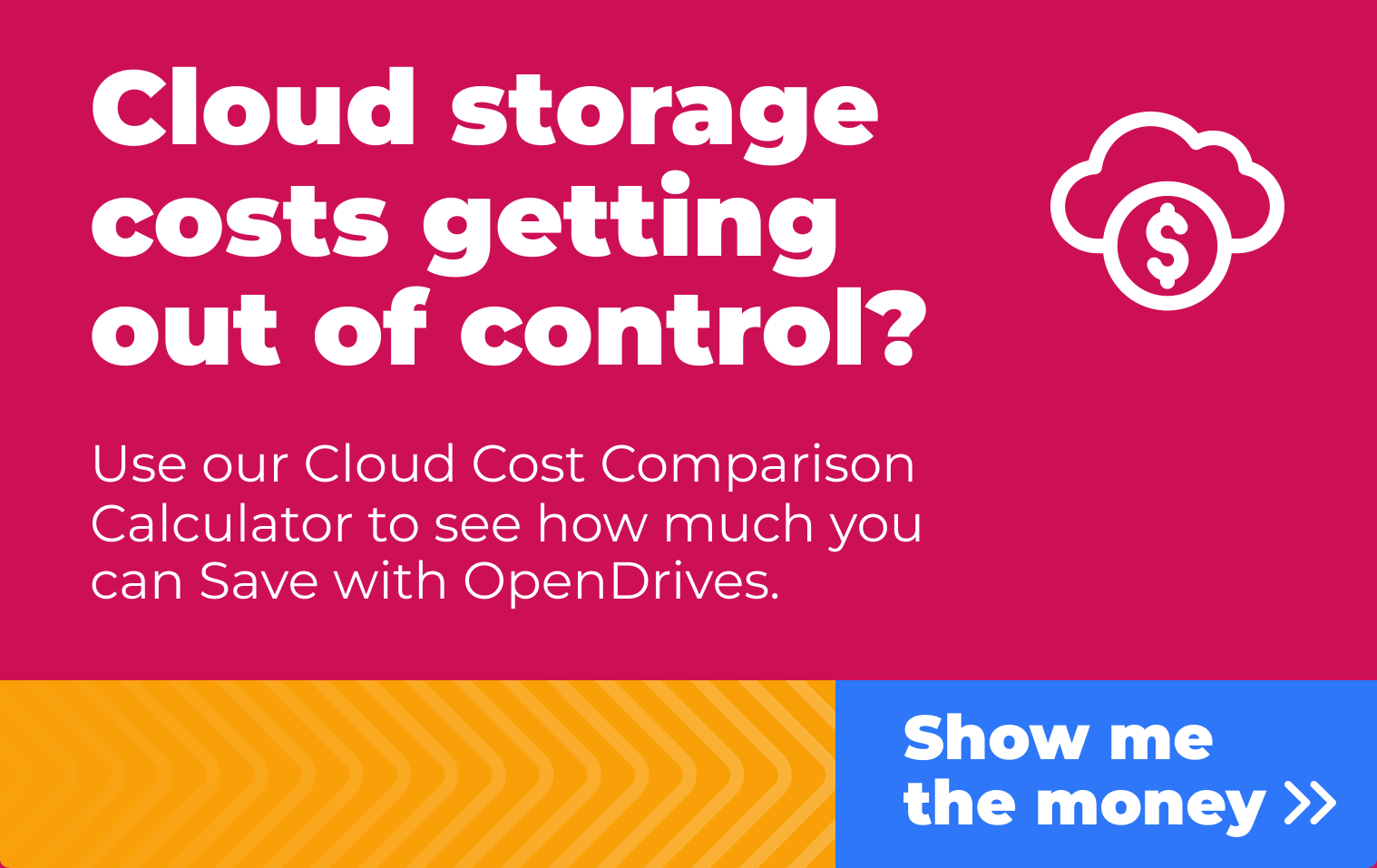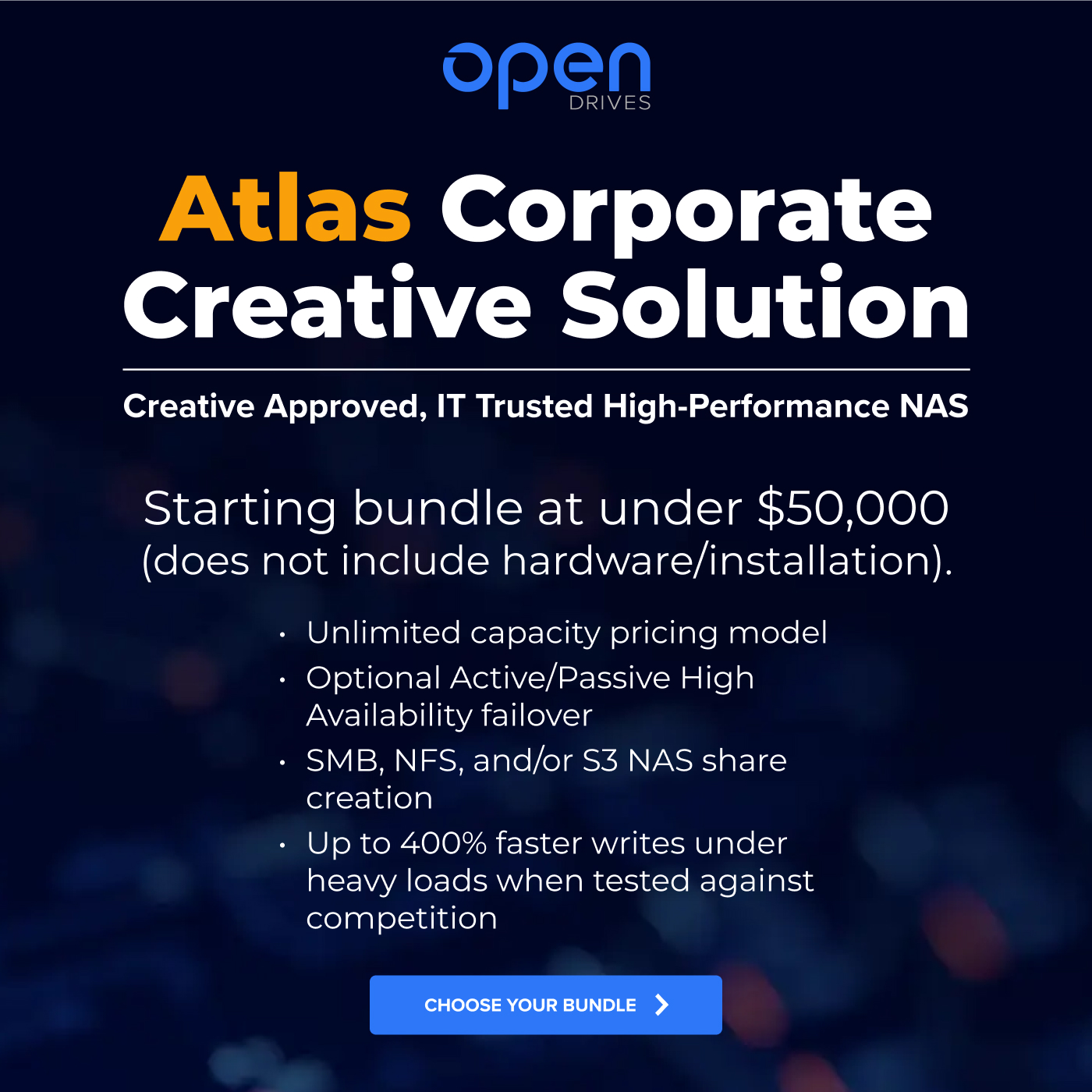Infographic
Scalability is the essence of flexibility and long-term value. If your storage solution can’t grow with your business, then you’ll soon be laying out more investment money to accommodate more users, more demanding workflows, and changing business conditions. Understand how your data storage solution scales.






